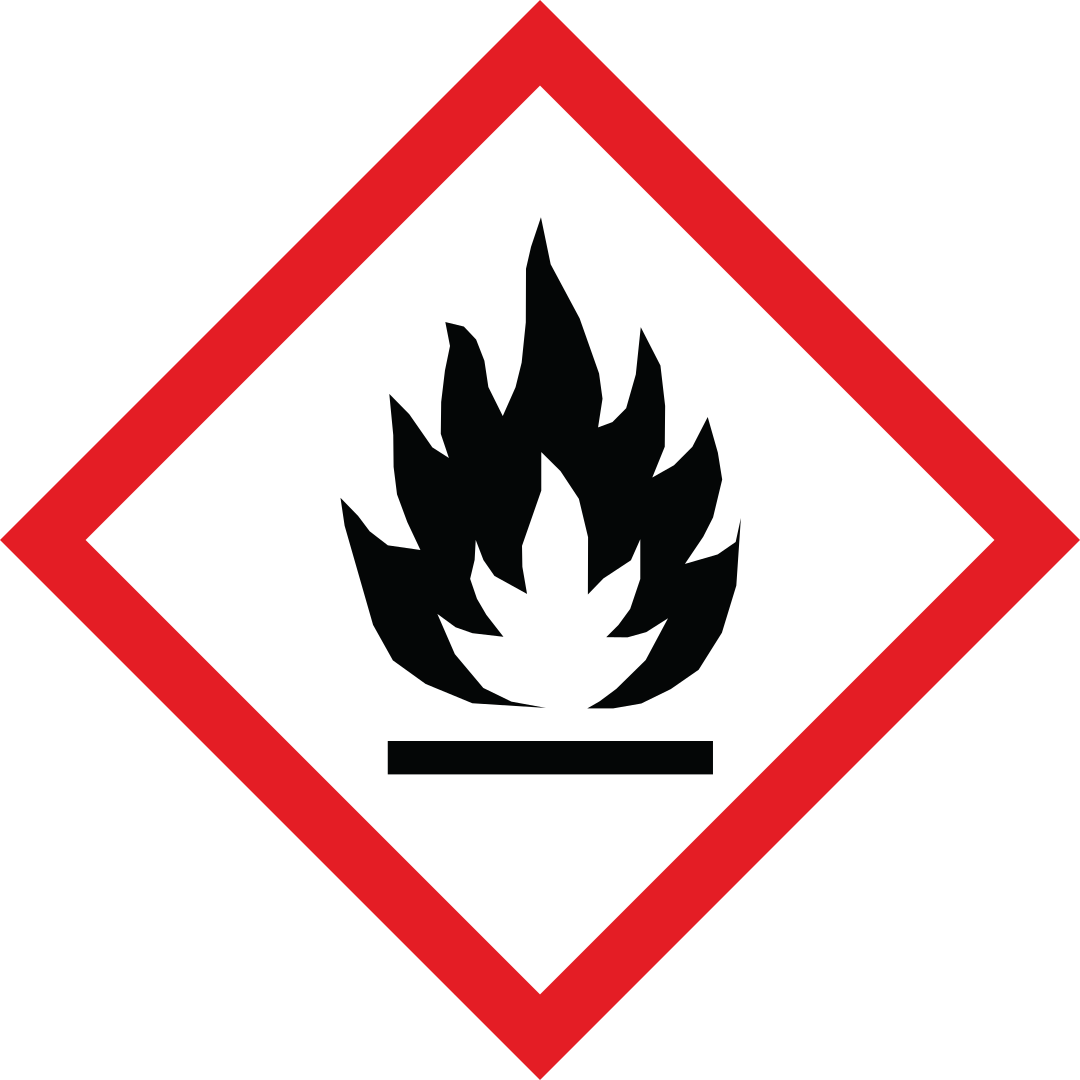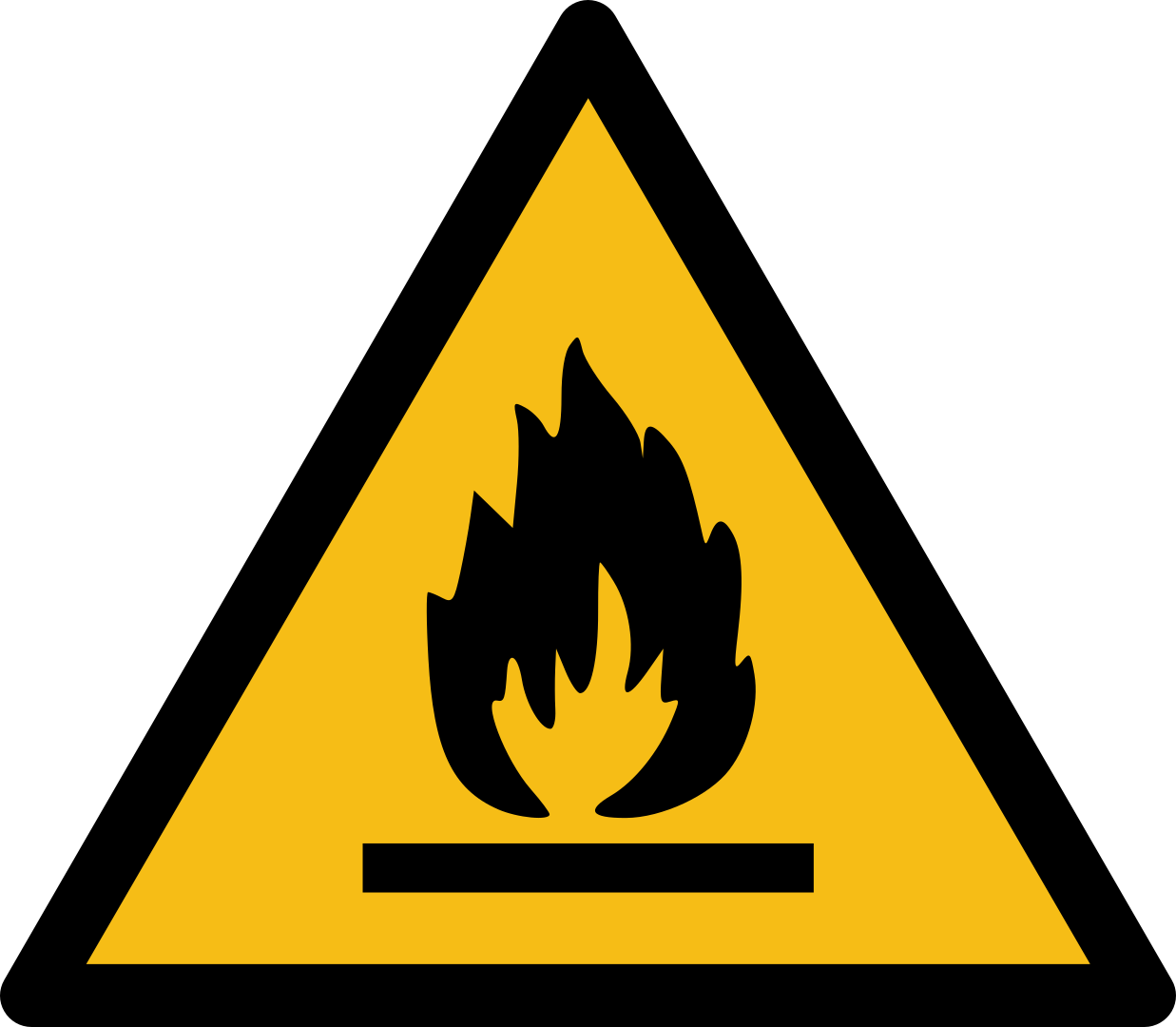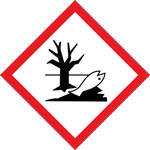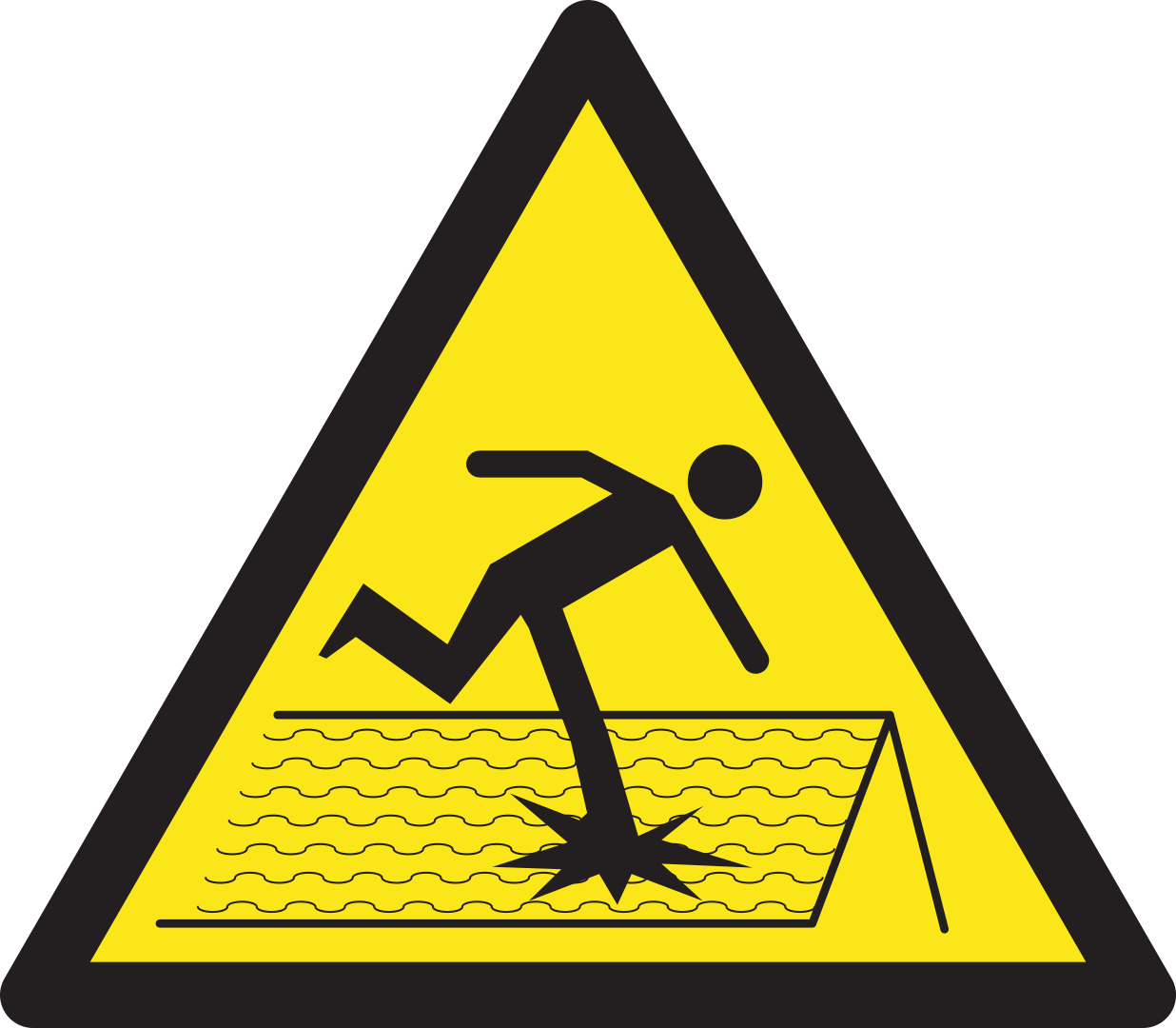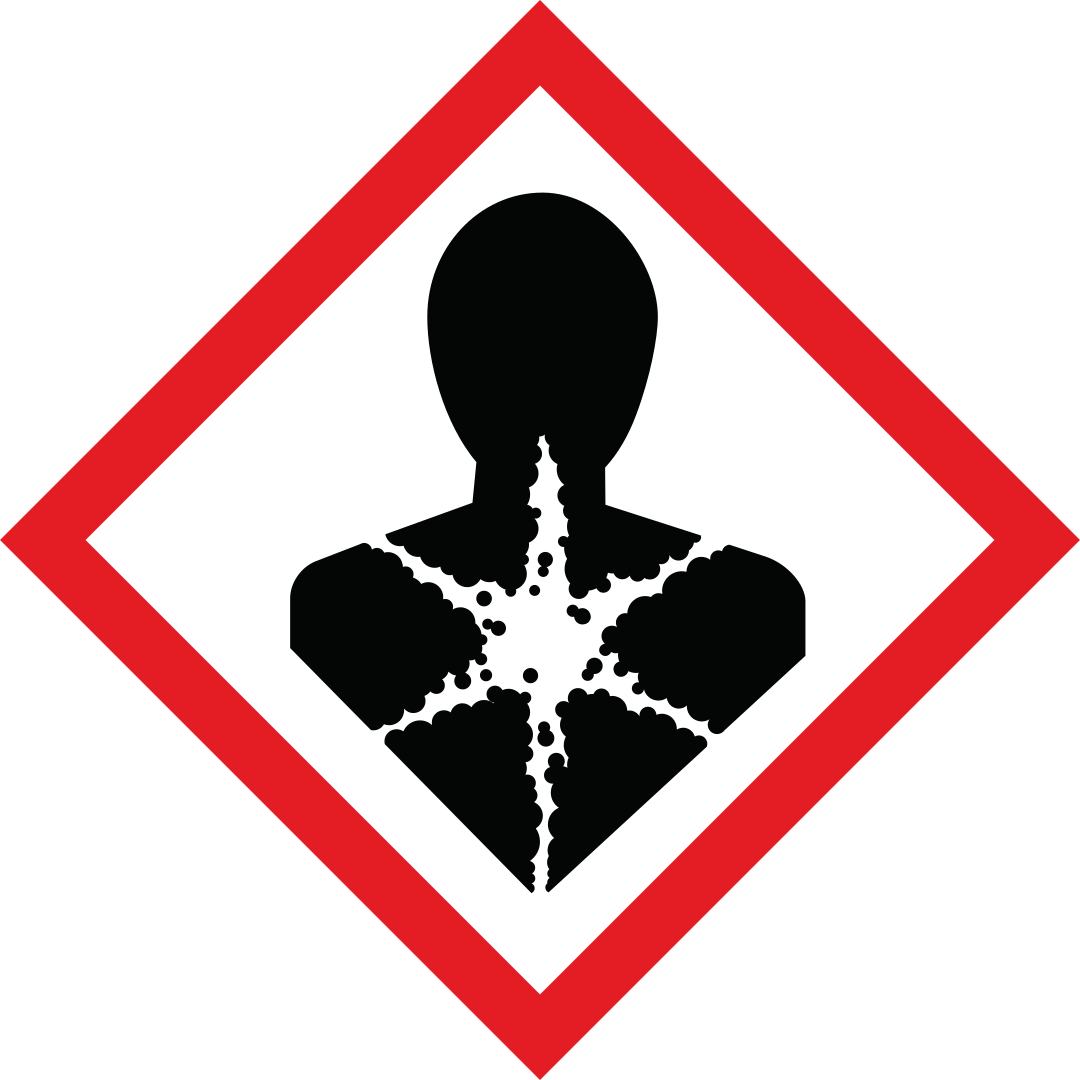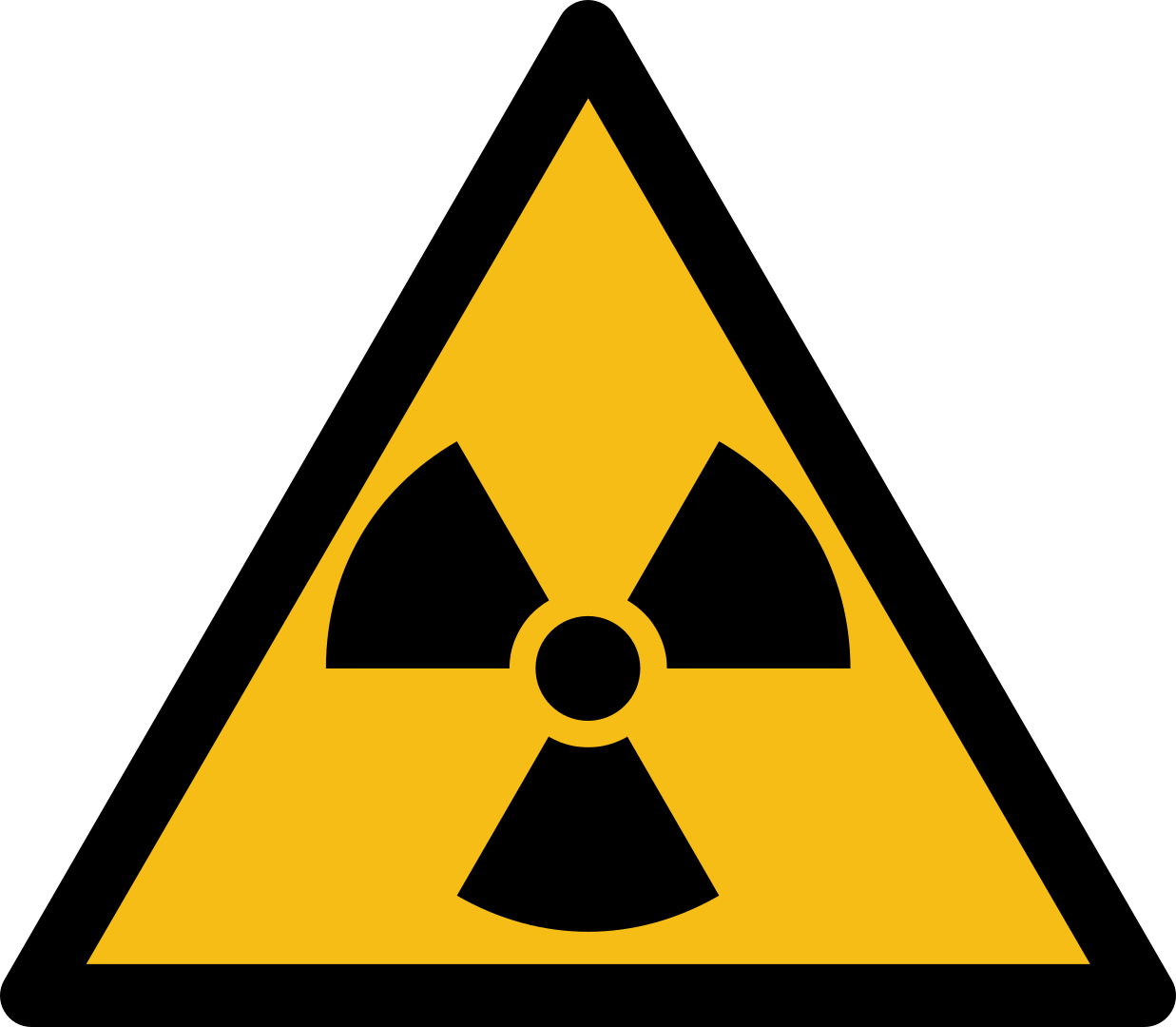You have 45 minutes to answer 50 multiple choice CSCS Mock Test questions for Operatives and Specialists. You need to answer at least 45 out of 50 questions correctly to pass. Answers may be reviewed after each question or at the end of the test. Good luck!
List of questions in above test (quick view). Click question box to reveal correct answer.
1. Which of the following is NOT part of a safe system of work?
Give ONE answer
AB
C
D
Correct Answer: D
Explanation: A safe system of work is a system developed by an employer to carry out a job safely, and in a defined way.
Explanation: A safe system of work is a system developed by an employer to carry out a job safely, and in a defined way.
2. Work with which of the following materials may require a COSHH assessment?
Check ALL that apply
AB
C
D
E
Correct Answer: A, D, E
Explanation: COSHH assessments must be conducted if working with a material may produce harmful substances, even if the material itself is not harmful (e.g., sanding down wood produces harmful dust).
Explanation: COSHH assessments must be conducted if working with a material may produce harmful substances, even if the material itself is not harmful (e.g., sanding down wood produces harmful dust).
3. You cut your hand whilst having lunch on-site. What should you do?
Give ONE answer
AB
C
D
Correct Answer: A
Explanation: All accidents on-site must be reported.
Explanation: All accidents on-site must be reported.
4. Which of the following best describes a 'respiratory sensitiser'?
Give ONE answer
AB
C
D
Correct Answer: A
Explanation: Some hazardous dusts or fumes are known as 'respiratory sensitisers'.
Explanation: Some hazardous dusts or fumes are known as 'respiratory sensitisers'.
5. What are two things you MUST do to avoid an extension reel overheating when in use?
Give TWO answers
AB
C
D
E
Correct Answer: A, D
Explanation: Extension reels and cables should be fully unwound, and not overloaded.
Explanation: Extension reels and cables should be fully unwound, and not overloaded.
6. How often does the Health and Safety Executive (HSE) recommend testing equipment, tools, and leads?
Give ONE answer
AB
C
D
Correct Answer: D
Explanation: Testing every three months is recommended by the HSE.
Explanation: Testing every three months is recommended by the HSE.
7. Hearing loss as a result of noise exposure sets in:
Give ONE answer
AB
C
D
Correct Answer: D
Explanation: Hearing loss develops over a period of time.
Explanation: Hearing loss develops over a period of time.
8. You were told in a briefing that an area requires hearing protection, but when you arrive there is no signage. What should you do?
Give ONE answer
AB
C
D
Correct Answer: D
Explanation: Always wear protection you have been instructed to, and report any missing signage to your supervisor.
Explanation: Always wear protection you have been instructed to, and report any missing signage to your supervisor.
9. What TWO steps can you take to limit the risk of developing HAVS when using hand held tools?
Give TWO answers
AB
C
D
Correct Answer: A, B
Explanation: You can protect yourself by loosening your grip, and exercising your hands. This reduces vibration damage, and promotes blood flow.
Explanation: You can protect yourself by loosening your grip, and exercising your hands. This reduces vibration damage, and promotes blood flow.
10. What hazard is created by too much oxygen in the air?
Give ONE answer
AB
C
D
Correct Answer: D
Explanation: Objects will burn more easily, and faster, with higher levels of oxygen.
Explanation: Objects will burn more easily, and faster, with higher levels of oxygen.
11. With a mobile access tower, why is it dangerous to install the platform too high?
Give ONE answer
AB
C
D
Correct Answer: B
Explanation: Guard rails will not be high enough if the platform is put in too high.
Explanation: Guard rails will not be high enough if the platform is put in too high.
12. When dealing with chemicals, the gloves you wear must be:
Give ONE answer
AB
C
D
Correct Answer: A
Explanation: Gloves worn when using chemicals should not allow the chemical to pas through the glove. This is known as being "impervious".
Explanation: Gloves worn when using chemicals should not allow the chemical to pas through the glove. This is known as being "impervious".
13. Which filter grading offers the highest protection?
Give ONE answer
AB
C
D
Correct Answer: C
Explanation: FFP3 provides the highest grade of filter protection.
Explanation: FFP3 provides the highest grade of filter protection.
14. Asbestos most commonly comes in three types. What types are these?
Give ONE answer
AB
C
D
Correct Answer: A
Explanation: The three key asbestos types are blue (crocidolite), brown (amosite), and white (chrysolite).
Explanation: The three key asbestos types are blue (crocidolite), brown (amosite), and white (chrysolite).
15. Wellington boots are a safe way of protecting your skin from burns. This applies to which activity?
Give ONE answer
AB
C
D
Correct Answer: A
Explanation: Wet concrete can cause skin burns, and boots offer good protection.
Explanation: Wet concrete can cause skin burns, and boots offer good protection.
16. You have a half-finished container of a hazardous substance, and no clear procedure has been defined for disposing of it. What should you do?
Give ONE answer
AB
C
D
Correct Answer: A
Explanation: All hazardous substances must be disposed of according to on-site procedure.
Explanation: All hazardous substances must be disposed of according to on-site procedure.
17. Why is it important to know your limitations?
Give ONE answer
AB
C
D
Correct Answer: A
Explanation: Knowing your limits will help you manage your mental health.
Explanation: Knowing your limits will help you manage your mental health.
18. How might your employer reduce the impact of a physically stressful task?
Give ONE answer
AB
C
D
Correct Answer: C
Explanation: Your employer can put staff on rotation to reduce the amount of physical stress placed on each individual.
Explanation: Your employer can put staff on rotation to reduce the amount of physical stress placed on each individual.
19. You are asked to help out on a team lifting. What TWO conditions must apply for you to accept?
Give TWO answers
AB
C
D
E
Correct Answer: A, D
Explanation: All people taking part in team lifting must be trained in it, as well as of a similar stature.
Explanation: All people taking part in team lifting must be trained in it, as well as of a similar stature.
20. Which of the following is advisable when lifting a heavy material?
Give ONE answer
AB
C
Correct Answer: C
Explanation: Let your legs carry the work when lifting.
Explanation: Let your legs carry the work when lifting.
21. What kind of sign is a white drawing on a red square?
Give ONE answer
AB
C
D
Correct Answer: A
Explanation: Red squares with white illustrations are fire fighting signs.
Explanation: Red squares with white illustrations are fire fighting signs.
22. What does a prohibition sign look like?
Give ONE answer
AB
C
D
Correct Answer: B
Explanation: Prohibition signs are circular, with a single red diagonal line through the image.
Explanation: Prohibition signs are circular, with a single red diagonal line through the image.
23. Which safety sign should you see on the bottle of a flammable LIQUID?
Give ONE answer
AB
C
D
Correct Answer: A
Explanation: Hazardous substances are marked with diamond-shaped safety signs.
Explanation: Hazardous substances are marked with diamond-shaped safety signs.
24. What sign may you find, accompanied by explanatory text, where asbestos removal is taking place?
Give ONE answer
AB
C
D
Correct Answer: A
Explanation: You may see a general warning sign, with further explanatory text.
Explanation: You may see a general warning sign, with further explanatory text.
25. Who is at risk when vehicles and mobile plants are being moved?
Give ONE answer
AB
C
D
Correct Answer: A
Explanation: Accidents and injuries happen every year to operators and those in the vicinity of mobile plants and vehicles.
Explanation: Accidents and injuries happen every year to operators and those in the vicinity of mobile plants and vehicles.
26. How often should equipment used for lifting people be THOROUGHLY examined?
Give ONE answer
AB
C
D
Correct Answer: B
Explanation: Equipment used for lifting people must be thoroughly examined every 6 months.
Explanation: Equipment used for lifting people must be thoroughly examined every 6 months.
27. You spot something on site you think might be an unmarked hazard, but you are not sure - and you are busy. What SHOULD you do?
Give ONE answer
AB
C
D
Correct Answer: B
Explanation: If you notice something which seems unsafe, especially if it has gone unnoticed, it is your legal duty to report it.
Explanation: If you notice something which seems unsafe, especially if it has gone unnoticed, it is your legal duty to report it.
28. Which of the below is NOT required at site induction?
Give ONE answer
AB
C
D
Correct Answer: D
Explanation: All these pieces of information should be included in a site induction.
Explanation: All these pieces of information should be included in a site induction.
29. If an employee suffers serious injury and is unable to perform in their role for 7 more consecutive days, who must be informed?
Give ONE answer
AB
C
D
Correct Answer: A
Explanation: The HSE must be informed of this injury.
Explanation: The HSE must be informed of this injury.
30. What is the MAIN reason that respiratory hazards are so dangerous?
Give ONE answer
AB
C
D
Correct Answer: B
Explanation: Respiratory hazards can lead to the inhalation of harmful substances that cause disease and illness.
Explanation: Respiratory hazards can lead to the inhalation of harmful substances that cause disease and illness.
31. Which of the following is TRUE about carbon monoxide?
Give ONE answer
AB
C
D
Correct Answer: A
Explanation: Carbon monoxide is common on construction sites. It is usually dangerous only in high concentrations.
Explanation: Carbon monoxide is common on construction sites. It is usually dangerous only in high concentrations.
32. How can you adapt a dust mask to make it suitable for protecting against hazardous fumes?
Give ONE answer
AB
C
D
Correct Answer: C
Explanation: Never try to adapt RPE for a task it is not suited for.
Explanation: Never try to adapt RPE for a task it is not suited for.
33. Where should you store petrol for refuelling tools?
Give ONE answer
AB
C
D
Correct Answer: C
Explanation: Petrol must not be stored at the work location.
Explanation: Petrol must not be stored at the work location.
34. You were told in a briefing that an area requires hearing protection, but when you arrive there is no signage. What should you do?
Give ONE answer
AB
C
D
Correct Answer: D
Explanation: Always wear protection you have been instructed to, and report any missing signage to your supervisor.
Explanation: Always wear protection you have been instructed to, and report any missing signage to your supervisor.
35. If you cannot find an appropriate place to refuel, what TWO measures must be in place when you refill?
Give TWO answers
AB
C
D
E
Correct Answer: A, B
Explanation: Mitigate the risks of pollution by remaining distant from water sources and drains, and laying ground protection underneath.
Explanation: Mitigate the risks of pollution by remaining distant from water sources and drains, and laying ground protection underneath.
36. Which ONE of the following may cause low levels of oxygen in an enclosed tank?
Give ONE answer
AB
C
D
Correct Answer: D
Explanation: Rust (oxidisation) can deplete oxygen levels in an enclosed space.
Explanation: Rust (oxidisation) can deplete oxygen levels in an enclosed space.
37. How can you find out a scaffold platform's safe load rating?
Give ONE answer
AB
C
D
Correct Answer: A
Explanation: You can find this information on the signage and the handover certificate.
Explanation: You can find this information on the signage and the handover certificate.
38. Which of the following will conduct electricity if it touches or comes close to a power line?
Check ALL that apply
AB
C
D
Correct Answer: A, B, C
Explanation: These will all conduct electricity, and must be managed with extreme caution around power lines.
Explanation: These will all conduct electricity, and must be managed with extreme caution around power lines.
39. The fresh air pump in your excavation stops working. What should you do?
Give ONE answer
AB
C
D
Correct Answer: D
Explanation: You should wait until the pump is repaired and the safe system of work can continue. PPE should only be used as a last resort.
Explanation: You should wait until the pump is repaired and the safe system of work can continue. PPE should only be used as a last resort.
40. Many safety signs are likely to indicate areas where you must wear PPE. Which of the following signs is LEAST likely to indicate a situation requiring PPE?
Give ONE answer
AB
C
D
Correct Answer: B
Explanation: This sign indicates that water from this tap is not for drinking - there are no items of PPE usually associated with this.
Explanation: This sign indicates that water from this tap is not for drinking - there are no items of PPE usually associated with this.
41. If working alone, what is ONE extra provision you may be asked to make?
Give ONE answer
AB
C
D
Correct Answer: C
Explanation: You may be asked to keep in regular contact.
Explanation: You may be asked to keep in regular contact.
42. Which fire extinguisher should be used when conducting hot works?
Give ONE answer
AB
C
D
Correct Answer: C
Explanation: You must be issued with an extinguisher specific to your task and area.
Explanation: You must be issued with an extinguisher specific to your task and area.
43. Which of the following is NOT an example of an on-site emergency?
Give ONE answer
AB
C
D
Correct Answer: B
Explanation: Fuel shortage is not an example of an on-site emergency.
Explanation: Fuel shortage is not an example of an on-site emergency.
44. After cutting your finger on site, you find there are no dressings in the first aid kit. What should you do?
Give ONE answer
AB
C
D
Correct Answer: A
Explanation: If you notice the first-aid kit is not properly restocked, you must inform the person in charge of managing it.
Explanation: If you notice the first-aid kit is not properly restocked, you must inform the person in charge of managing it.
45. Your colleague reports they have 'pizza knee'. What does this mean?
Give ONE answer
AB
C
D
Correct Answer: B
Explanation: Pizza knee is an informal term for irritant contact dermatitis
Explanation: Pizza knee is an informal term for irritant contact dermatitis
46. What is good practice when it comes to discussing how you are feeling?
Give ONE answer
AB
C
D
Correct Answer: B
Explanation: Having someone you can talk to honestly about how you feel is vital part of being responsible about your health. You do not need to know what is wrong in order to talk about it.
Explanation: Having someone you can talk to honestly about how you feel is vital part of being responsible about your health. You do not need to know what is wrong in order to talk about it.
47. What is the best way to manage mental health issues at work?
Give ONE answer
AB
C
D
Correct Answer: A
Explanation: Always discuss mental health problems with your employer, as accommodations can often be made.
Explanation: Always discuss mental health problems with your employer, as accommodations can often be made.
48. You will be lifting a heavy load. Who must help plan out a safe system of work?
Give TWO answers
AB
C
D
Correct Answer: C, D
Explanation: You and your supervisor (or employer) must be involved in the planning.
Explanation: You and your supervisor (or employer) must be involved in the planning.
49. What does this sign indicate?
Give ONE answer

B
C
D
Correct Answer: A
Explanation: This sign is used to label environmentally hazardous chemicals.
Explanation: This sign is used to label environmentally hazardous chemicals.
50. What is the hand signal for DANGER?
Give ONE answer
AB
C
D
Correct Answer: C
Explanation: Signal DANGER with two open-palm hands raised directly up.
Explanation: Signal DANGER with two open-palm hands raised directly up.

